Before creating the perfect environment for your cat, it’s critical to understand their fundamental needs. Cats are natural hunters and territorial creatures that require mental stimulation, physical activity, and a safe, comfortable space. Catering to these instincts will ensure a happy, healthy, and well-adjusted cat.
Creating Safe Spaces

Cats need places where they can retreat from the hustle and bustle of daily life. Provide several cozy spots around your home where your cat can relax undisturbed. These could be elevated perches, quiet nooks, or small caves and tunnels. Safety also entails removing household hazards like toxic plants, harmful foods, and small objects that could be swallowed.
Designing Vertical Space
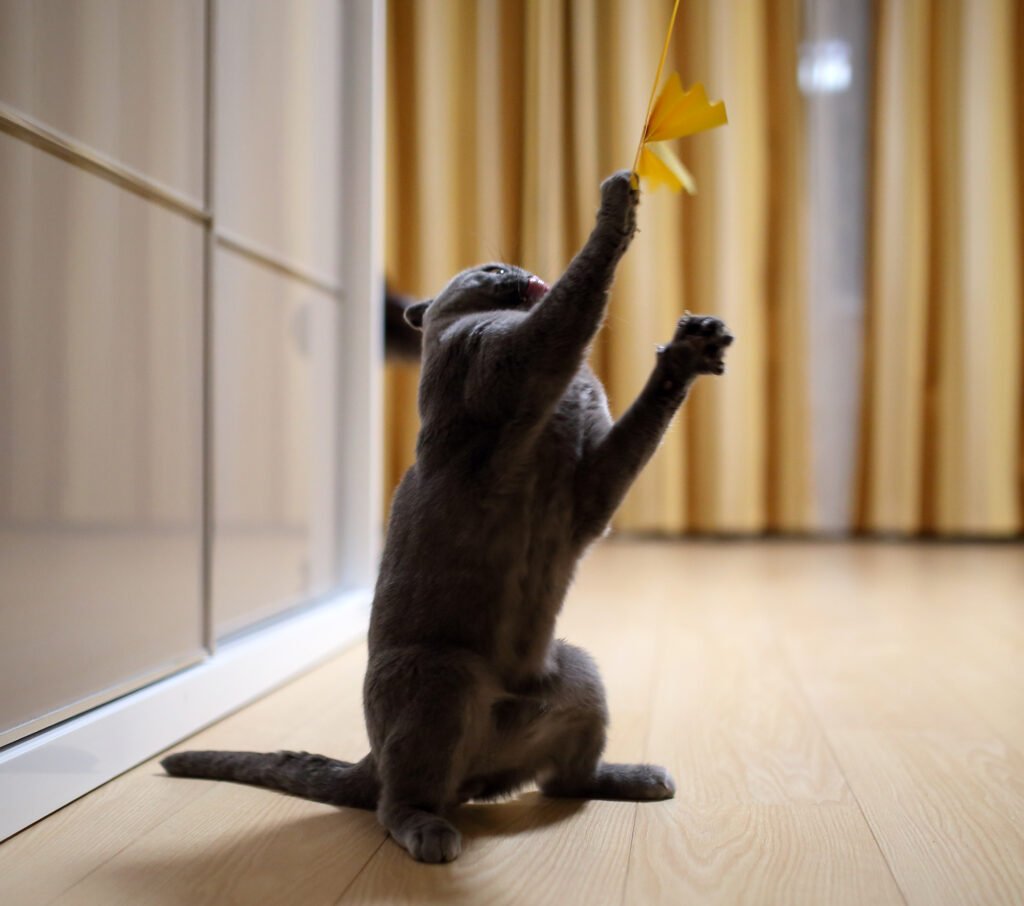
Cats love to climb and observe their surroundings from a height. Install cat trees, shelves, and window perches to give them vertical territory. This vertical space expands their environment without taking up additional floor space, providing them with both exercise and a sense of security.
Scratching Solutions

Scratching is a natural behavior for cats that helps them mark territory, stretch their muscles, and maintain their claws. Provide a variety of scratching options like vertical posts, horizontal pads, and inclined scratchers. Ensure they are made of materials like sisal, cardboard, or carpet to meet your cat’s preferences.
Maintaining Litter Box Hygiene
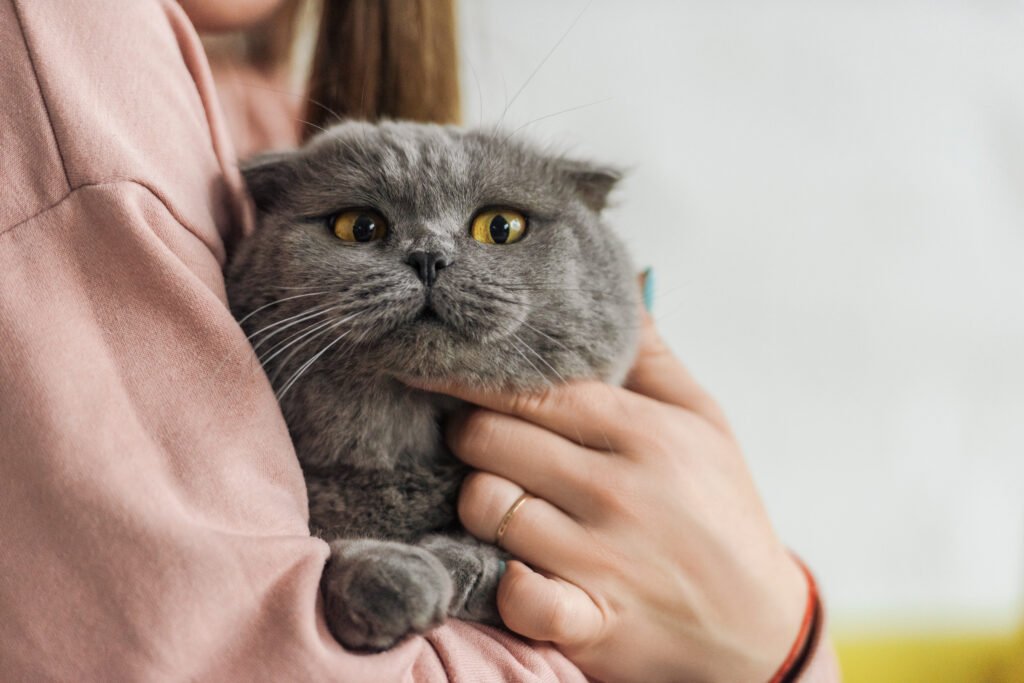
The litter box is a crucial component of a cat’s environment. It should be placed in a quiet, low-traffic area. The number of litter boxes should ideally match the number of cats plus one to prevent territorial disputes. Cleanliness is key; clean the box daily and change the litter regularly to prevent odors and bacterial buildup.
Providing Enrichment and Toys
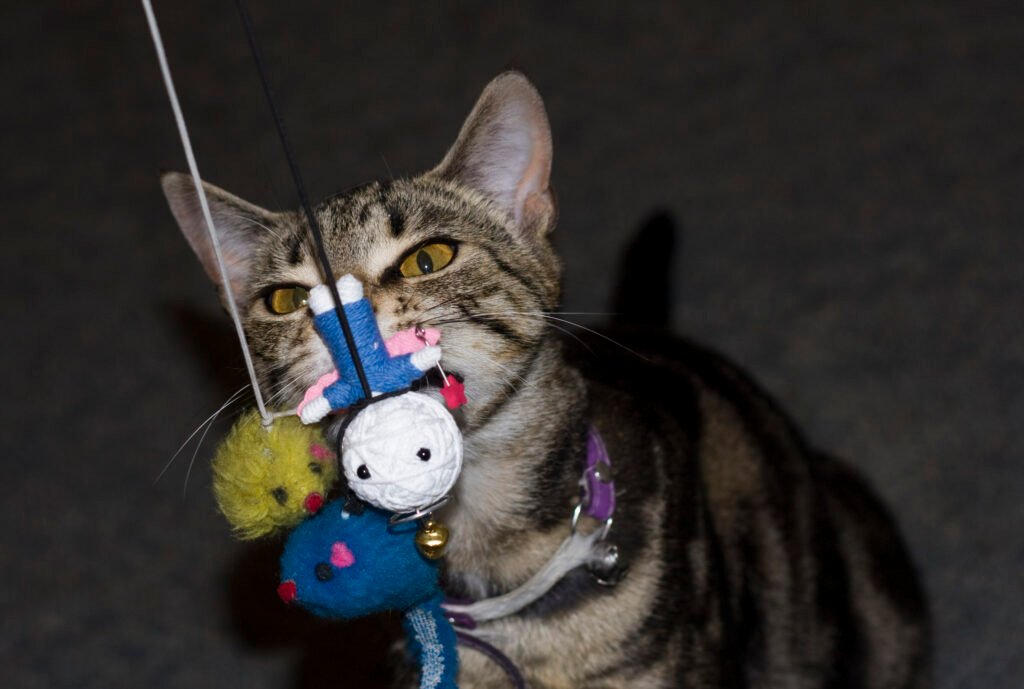
Keep your cat mentally and physically stimulated with a variety of toys and enrichment activities. Interactive toys, puzzle feeders, and rotating the selection of toys can prevent boredom. Incorporating playtime into your daily routine will also solidify your bond with your cat and keep them active.
Setting Up Feeding Stations
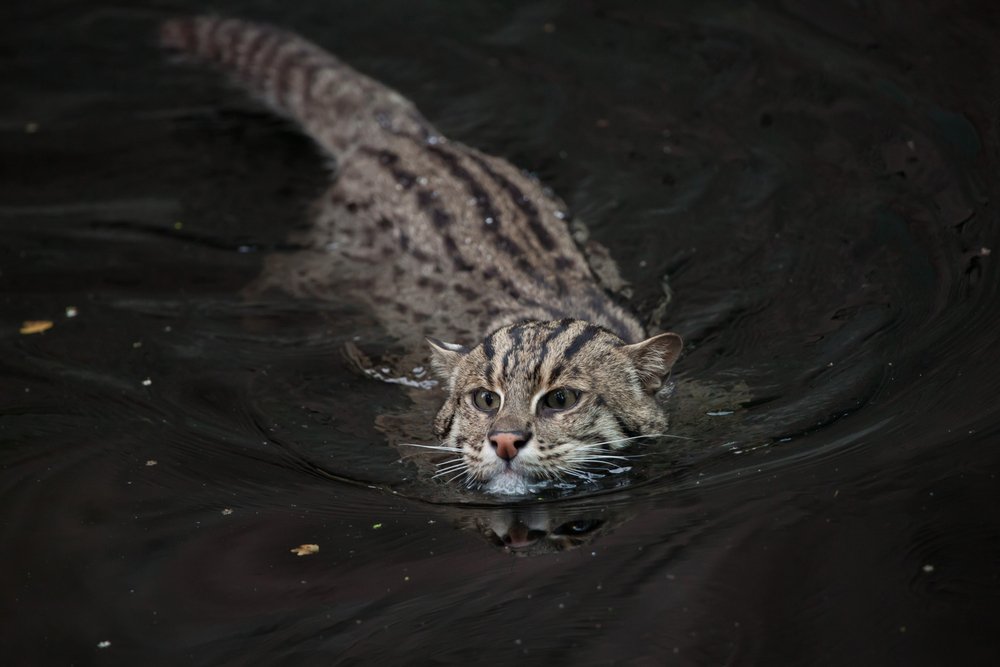
Your cat’s feeding station should be located in a quiet area away from their litter box. Consider using puzzle feeders to stimulate their natural hunting instincts and encourage slower eating. Ensure that fresh water is available at all times, perhaps with a cat water fountain to entice them to drink more.
Fostering Social Interaction
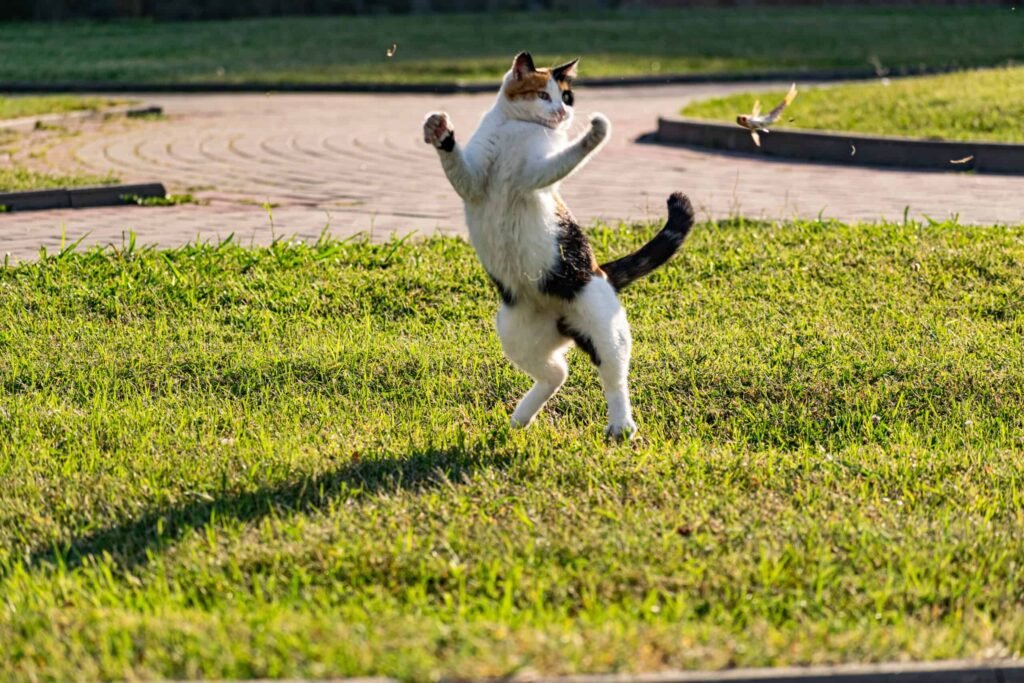
While cats are often depicted as independent, they also thrive on social interaction. Spend quality time with your cat through petting, grooming, and playing. If your cat is friendly and social, consider arranging playdates with other friendly cats. Always monitor new introductions closely to ensure safety and compatibility.
Managing Stress and Anxiety

Cats are sensitive creatures and can easily become stressed by changes in their environment. Maintain a consistent routine and gradually introduce new elements to their surroundings. Use pheromone diffusers or sprays to help calm anxious cats. If stress or anxiety becomes a significant issue, consulting a veterinarian is advised.
Regular Health Checks and Veterinary Visits
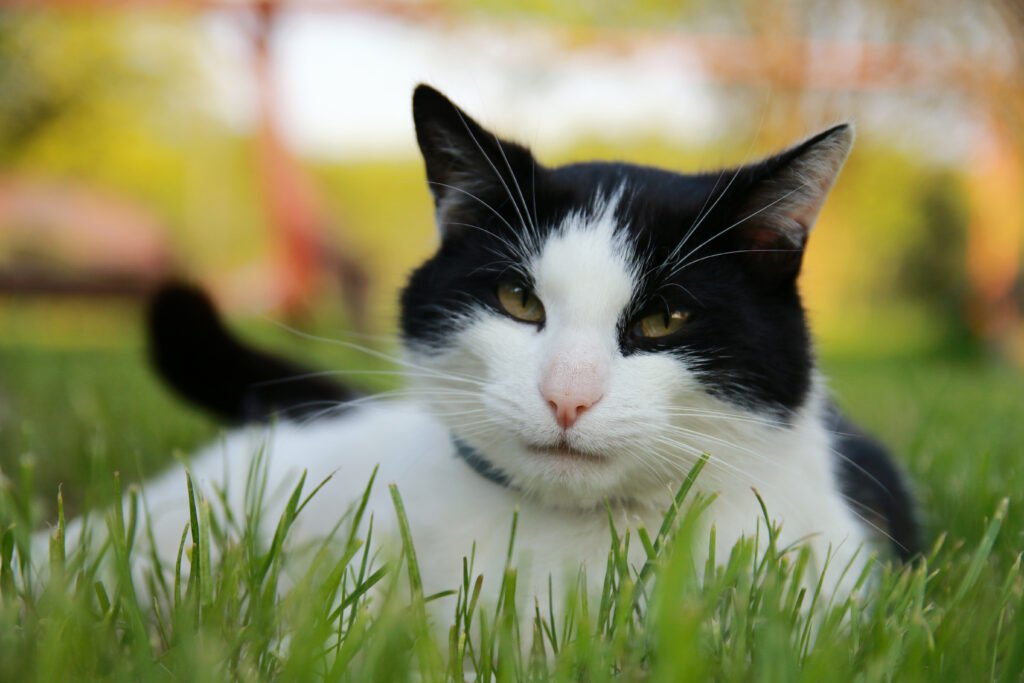
Finally, regular veterinary visits are vital for maintaining your cat’s health and catching any potential health issues early. Annual check-ups, vaccinations, and parasite control should be part of your cat care routine. Pay attention to changes in behavior, eating habits, or litter box usage as these could indicate health problems that need professional attention.
conclusion
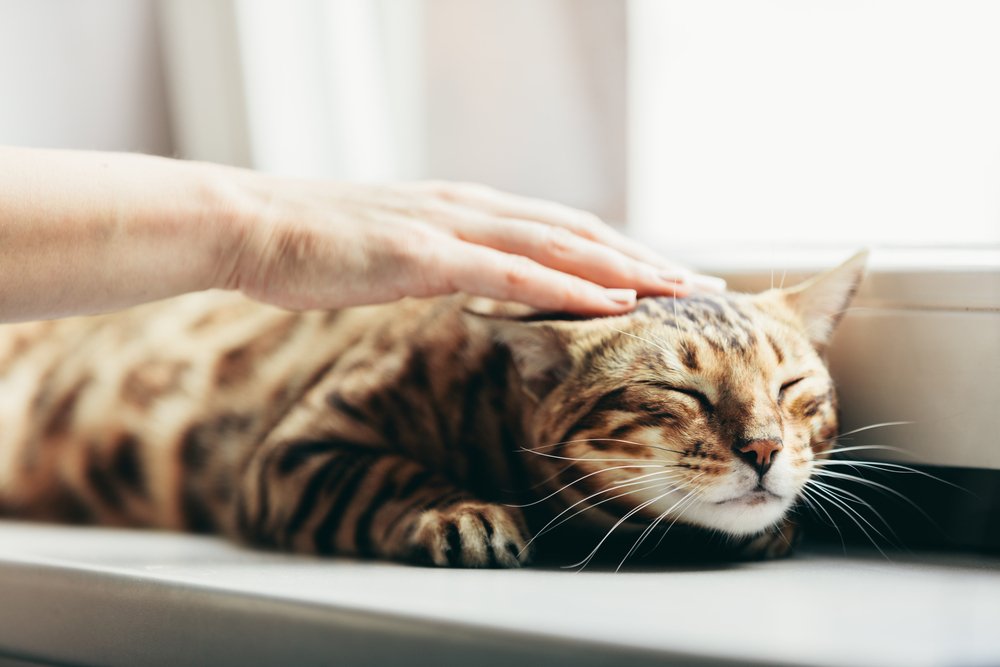
In conclusion, making your home the perfect environment for a cat involves understanding and catering to their unique needs. By ensuring safety, providing enrichment, and fostering a nurturing atmosphere, you can create a space where your cat can thrive and flourish.






